All rights reserved © 2019 CSTB
A TALK WITH
Alexandra LEBERT, Head of the Environment Division and Program Manager
Environmental challenges affect the entire construction sector. A building’s environmental performance needs to be analyzed across its life cycle.
The CSTB is positioned close to stakeholders, at every scale: product, building, neighborhood and city.

PROJECTS
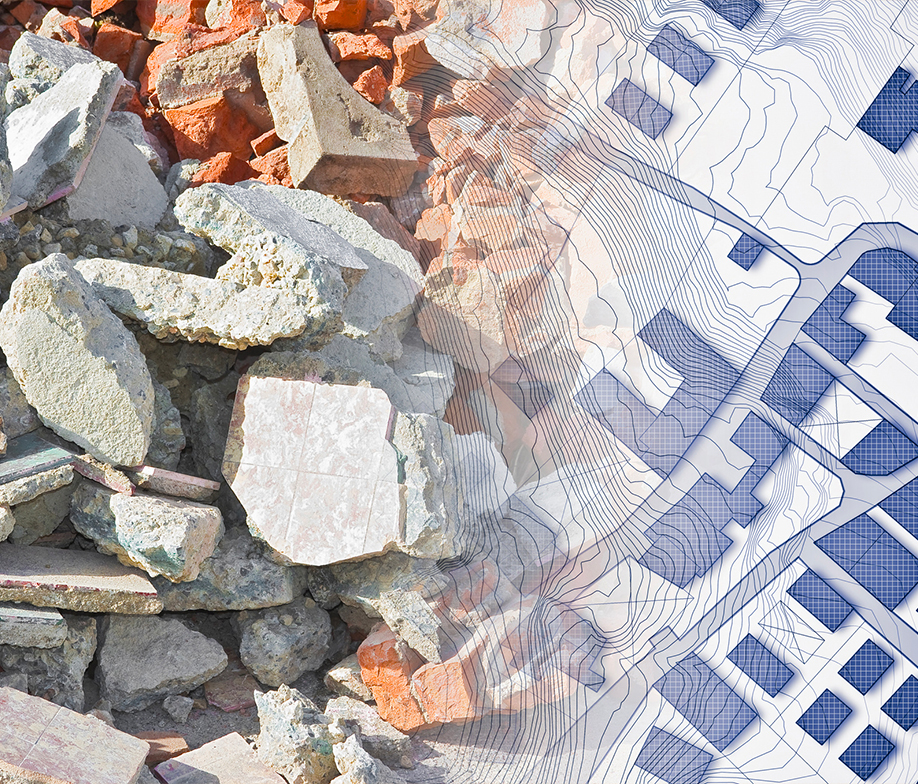
Characterizing the circular economy in the construction industry – Fondation Bâtiment-Énergie
DEFINING METHODS FOR ENERGY PERFORMANCE
FOR THE RENOVATION SECTOR IN THE CITY OF GRENOBLE

CLOSE-UP WITH PHILIPPE BERTRAND, GRENOBLES-ALPES MÉTROPOLE

Characterizing the circular economy in the construction industry – Fondation Bâtiment-Énergie

To understand current environmental challenges in the construction industry, key factors have been identified: energy conservation, reduction of carbon and other emissions, and the circular economy. Although waste management is supported by numerous incentives and initiatives, the circular economy is based on a more global concept that considers the entire building life cycle.
Unlike the classic linear economy model consisting of extracting raw materials and energy, producing goods, consuming them and then throwing away the waste, the circular economy is based on sustainable development and environmental protection:
- Reducing the consumption of raw materials and the cost of their transport by sourcing locally
- Extending the service life of materials and their reuse and recycling
- Recycling waste to replenish production circuits
The construction industry, which consumes resources and generates waste, could greatly benefit from this virtuous circle.
With this in mind, the Fondation Bâtiment-Énergie launched a research and development project in 2018 to establish the scientific basis of the circular economy. It asked the CSTB to coordinate the study because of its network of experts. The project will run through 2020, bringing together contributors from the construction industry and researchers with the objective of characterizing the impact of actions to improve the management of resources.
This work will address 5 challenges:
- Anticipation at the design stage of the end of life of a building as part of a dismantling strategy (for better use of components)
- Integration of materials and products from small loops or lengthening of the material cycle
- Convertibility and reversibility of the frame (e.g., from housing unit into office)
- Improvement in the reliability of residual performance for future reuse
- Use of data to optimize the material cycle in real estate processes involving long periods
To achieve this ambitious goal, the project is based on an innovative approach coupling research and field experimentation, with two working groups uniting public and private stakeholders:
- The research group, to determine the relevant criteria and indicators and coordinate project management, research centers, laboratories and technical centers.
- The user group, whose mission is to check and facilitate the implementation of the criteria and indicators in real operations and mobilize developers, project managers, prime contractors, certification bodies, associations and public authorities.
Based on the strategic issues and structuring of the work program created by the CSTB in the preparation phase, the CSTB was tasked with implementing and leading the research workshops on the circular economy.
Collaboration between the research and user groups on each of the five issues is underway and the final deliverables are scheduled for the summer of 2020.
Find out more :
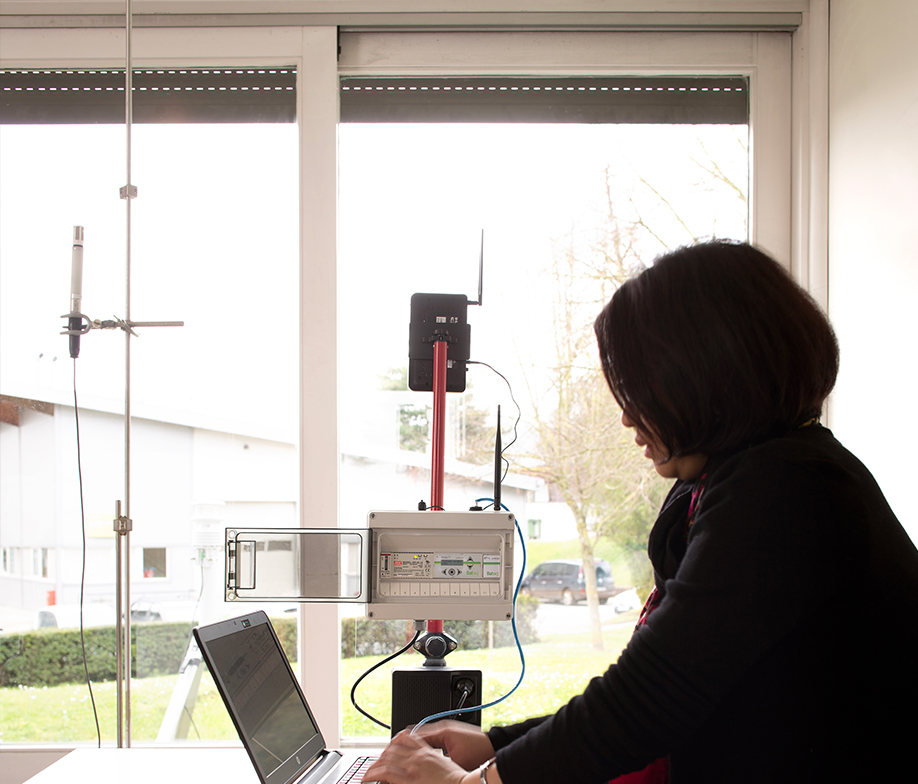
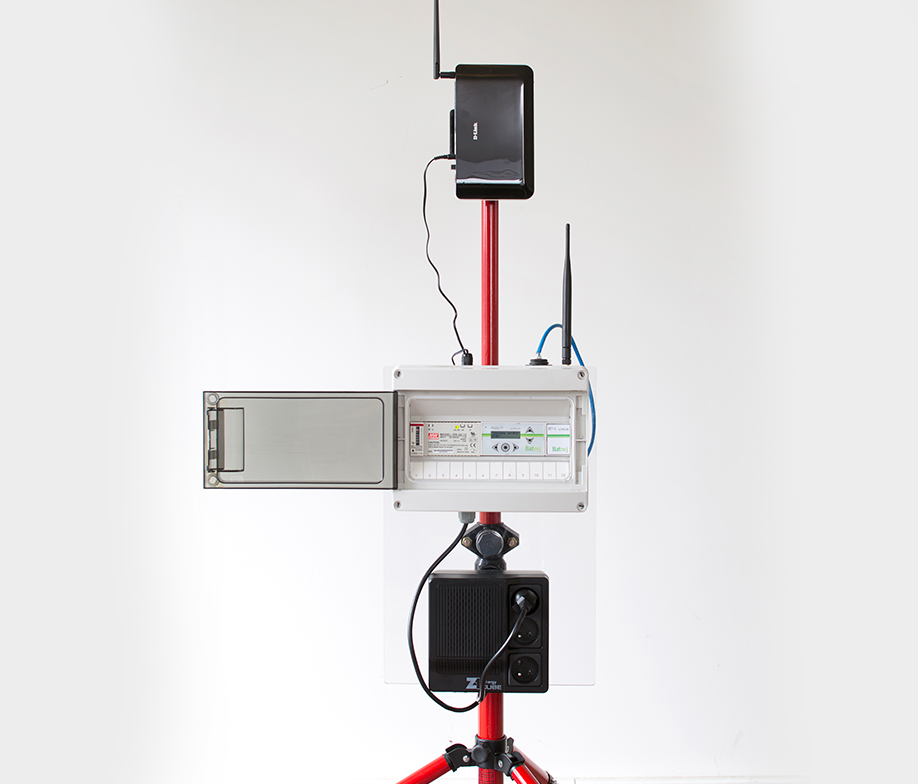
Defining methods for energy performance for the renovation sector in the city of Grenoble

In February 2018, the CSTB, with the support of the local authorities of Greater Grenoble Alpes, conducted the first ISABELE test on a private home in the Grenoble area that had received a major energy renovation.
ISABELE is the method developed by the CSTB and funded under the PACTE program (French plan of action for construction quality and energy transition) to measure the overall insulation performance of building envelopes. The method and accompanying implementation protocol are now mature and ready for new private homes.
As part of the MURMUR2 project, the CSTB, with the support of the local authorities of Greater Grenoble Alpes, used in situ experimentation to study the ability to replicate this method for renovation, particularly for private homes.
The general principle consists in subjecting a building to controlled internal heat input and measuring its response over time. The data is then used to identify a standardized indicator reflecting the overall insulation of the building envelope. This measurement is performed over a short period at the end of construction (a few days) in the unoccupied building.
Greater Grenoble Alpes is engaged in a strategy of energy transformation and development with the local energy and climate agency (ALEC). The agency helped the CSTB choose a pilot private home that had underwent a major renovation and whose owners made it available for four days of testing.
This first test made it possible to apply the ISABELE method and assess its practical implementation in a renovated structure. The encouraging results showed that it is possible to use the ISABELE method in the renovation sector.
This new information is especially valuable. It enabled the CSTB to formalize a protocol suitable for renovation: test preparation, implementation and adaptation of test duration. It was consolidated in 2018 with other in situ tests as part of the MURMUR2 project.
The CSTB collaborated with stakeholders in the construction industry and residents to consider the most efficient and appropriate way to make the outcomes of this test practical and impactful.
Experimentation also made it possible to determine how to use the measurement indicator for envelope thermal insulation to effectively guide renovation and its operational implementation, including renovation constraints.
Replication in the renovation sector will also be part of an ambitious EEC program concerning the measurement of the performance of envelopes after renovation of housing units: SEREINE, under the PROFEEL umbrella. This will enable the use of the outcomes of the ISABELE method on a large scale and its adaptation to the renovation sector for housing units.
Finally, Greater Grenoble Alpes is partnering with the CSTB on testing the REPERE method, which assesses the energy savings made possible by renovation.
Find out more :
• Greater Grenoble Alpes/CSTB partnership
Close-up with Philippe Bertrand, Grenoble-Alpes Métropole, Manager of “Energy Efficiency / Energy Demand Management” projects, Deputy Managing Director, City Technical Services Department, Energy Transition Directorate
« The city has been a pioneer for many years on issues of the environment, energy and air quality, partly due to its geographical location. Clearly, it’s also due to a political commitment; for example, we were the first urban area to make a Voluntary Climate Plan in 2005. Building renovation is thus a major issue for our local area.
Grenoble has regularly turned to the CSTB and its highly specialized expertise for various matters, such as buildings, acoustics and noise pollution, public lighting, etc., so we have an ongoing relationship with its experts.
This time, the idea was to develop an experiment in the local area as part of a partnership structured specifically around the subject of renovation. The partnership agreement was signed as part of the MurMur2 project, our second program providing support and financing for the energy renovation of private buildings. Indeed, the question has always come up about the difference between calculated and actual energy savings. The CSTB suggested testing the ISABELE method in renovated housing units (up until then, it had only been used in new buildings). This opportunity was very relevant to the city’s questions and need for answers.
The results obtained were encouraging, enabling us to demonstrate consistency between what was measured and what had been calculated, which was reassuring for the city. The work was high quality with the MurMur2 groups of companies, which understood the value of this program. To test the program on a larger scale, the city wanted to continue its search for pilot houses.
The partnership agreement with the CSTB is now comprehensive, and the collaboration will continue, for example, on the digital model and BIM for the renovation of the headquarters of Grenoble-Alpes Métropole. Furthermore, we have encouraged the tradesmen of the local area to take advantage of the training center of CSTB Grenoble, in order to improve their window installing skills, an area in which there is a lot of demand.
Collaborating with the CSTB as part of partnership agreements is a satisfying, constructive experience. It provides the possibility of long-term work, in a less restrictive environment than that of a contract, where everything stops as soon as the deliverable has been supplied. It’s also like having a back office that provides expertise, which is a real advantage for Grenoble-Alpes Métropole.” ».
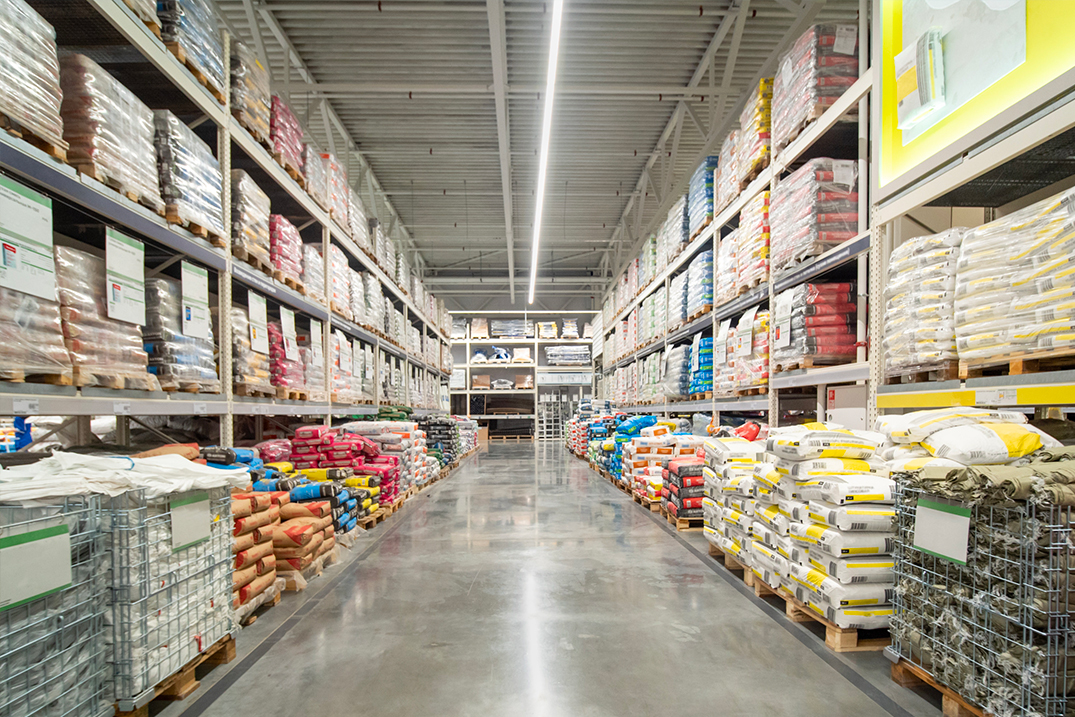
Study of the « outlook for material consumption for new buildings in 2035 and 2050 »

To follow up on its energy projections in “Vision 2030–2050,” and given the scarcity of some resources and increasing constraints on their use, ADEME approached the CSTB to conduct a complementary lookahead on energy, studying the consumption of products and materials for the construction of new buildings.
The purpose of this study by the CSTB for ADEME is to provide a first outlook (for 2015—baseline of the model—2035 and 2050) for the amount of material consumed by the construction of new buildings: housing units (private, apartment and homes for dependent seniors) and various commercial buildings (retail stores, hotels, offices, schools) equivalent to 60% of commercial space built in 2015.
Material consumption was modeled for 20 materials frequently used in construction in France.
For the housing sector, the model is based on the representativeness of more than 80 macro-components. This makes it possible to precisely characterize the market shares of the various construction solutions used.
For commercial buildings, modeling is based on the definition of 16 types of buildings representative of a commonly used construction method.
ADEME will present the modeling results in 2019. This work provides new opportunities to better anticipate and optimize consumption of resources in specific projects and over the long term.
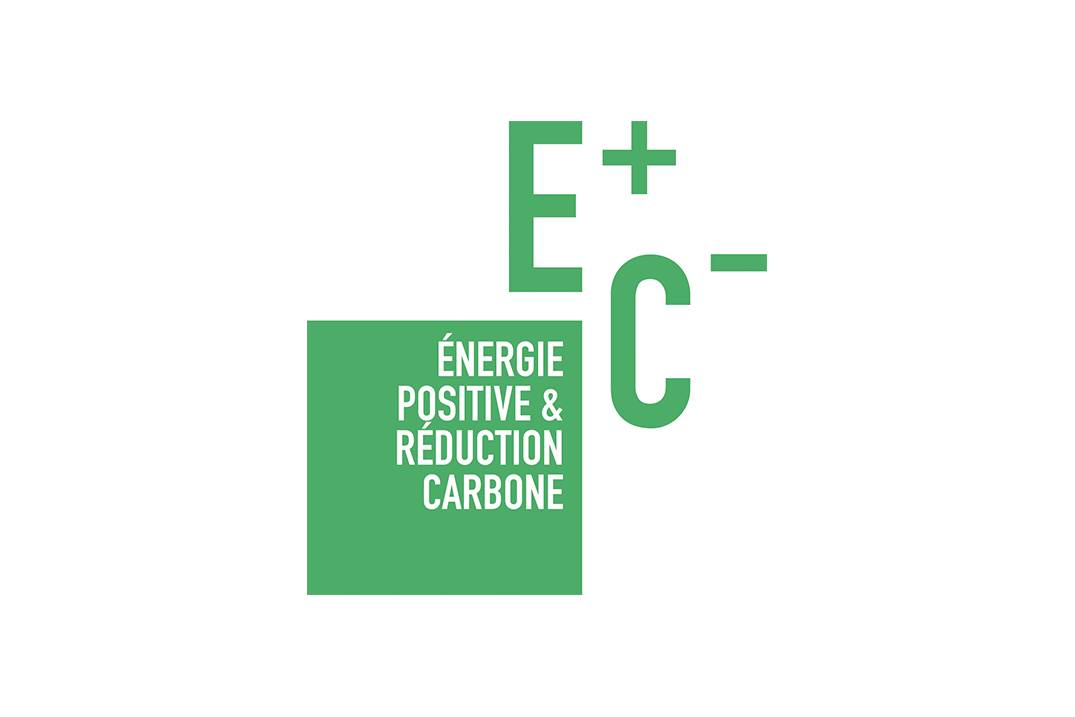
Construction and low carbon development: 2018 advances

The energy and environmental transition is a major challenge for the construction industry. The CSTB continues to guide public authorities and participate in various research and experimentation programs.
Preparation for Environmental Regulations (RE) 2020
The CSTB is guiding the French government in preparing the future energy and environmental regulations: RE 2020. It is generating default data for products, materials and equipment so that calculations can take place without environmental and health declaration sheets (FDESs). It also uses project data made available by stakeholders in the construction industry in the documentation of the monitoring center for energy and environmental performance. The CSTB also leads expert and focus groups as part of E+C- Experimentation (E+ for positive energy, C- for carbon reduction) and participates in some of them. Several CSTB teams are taking the lead to assist public authorities in preparing RE 2020.
ADEME OBEC (Objective: Low Carbon Buildings) program for guiding stakeholders
The CSTB and Nepsen are assisting 2 communities (Ile-de-France and Centre-Val-de-Loire) of the 13 regional groups created by ADEME (the French Environment and Energy Management Agency) through the OBEC program, which is part of the E+C- Experimentation. These communities enable professionals to share their practices, receive training and upskill using E+C- reference documents and associated tools. The CSTB and Nepsen performed a critical analysis of 40 studies of construction operations for new buildings already delivered and 20 studies of buildings in the design phase. The results were included in the documentation of the monitoring center for energy and environmental performance, which was the other goal of the OBEC program. The success of these communities demonstrates the growing interest of stakeholders in “carbon” issues, which are central to E+C- Experimentation.
The regional directorates of Île-de-France and Centre-Val de Loire of ADEME, in partnership with government departments, presented work reports at a symposium held on March 29, 2019.
Find out more :
• Positive Energy Building and Carbon Reduction Symposium
Efficacity
The CSTB is partnering with Efficacity (comprising 30 diverse contributors) and providing several experts to conduct joint Energy Transition research programs. To develop new design methods, there are two key topics: energy simulation and environmental assessment across the city. For this, the CSTB is providing its DIMOSIM computing core, the outcome of CSTB research, to power the Efficacity PowerDis tool. It is also coordinating the Urban Print Project, which is supplying stakeholders with the tools to assess environmental impacts and design urban projects. An early version of the tool was released in 2018. Ultimately, the goal is to make it possible to apply the “E+C- Neighborhood” method.
Find out more :
E+C- Neighborhood
As a continuation of E+C- Experimentation, the CSTB is leading discussions with several stakeholders (Alliance HQE-GBC, Efficacity, Effinergie, Elioth, Certivéa, Association BBCA and Atlantech) for the preparation of an ecolabel covering the neighborhood. The project was launched in 2018 and will offer public workshops to enable widespread cooperation. Ten pilot projects are underway. This involves determining how to encourage stakeholders in energy performance, focused mainly on carbon, at the neighborhood level.
Find out more :





